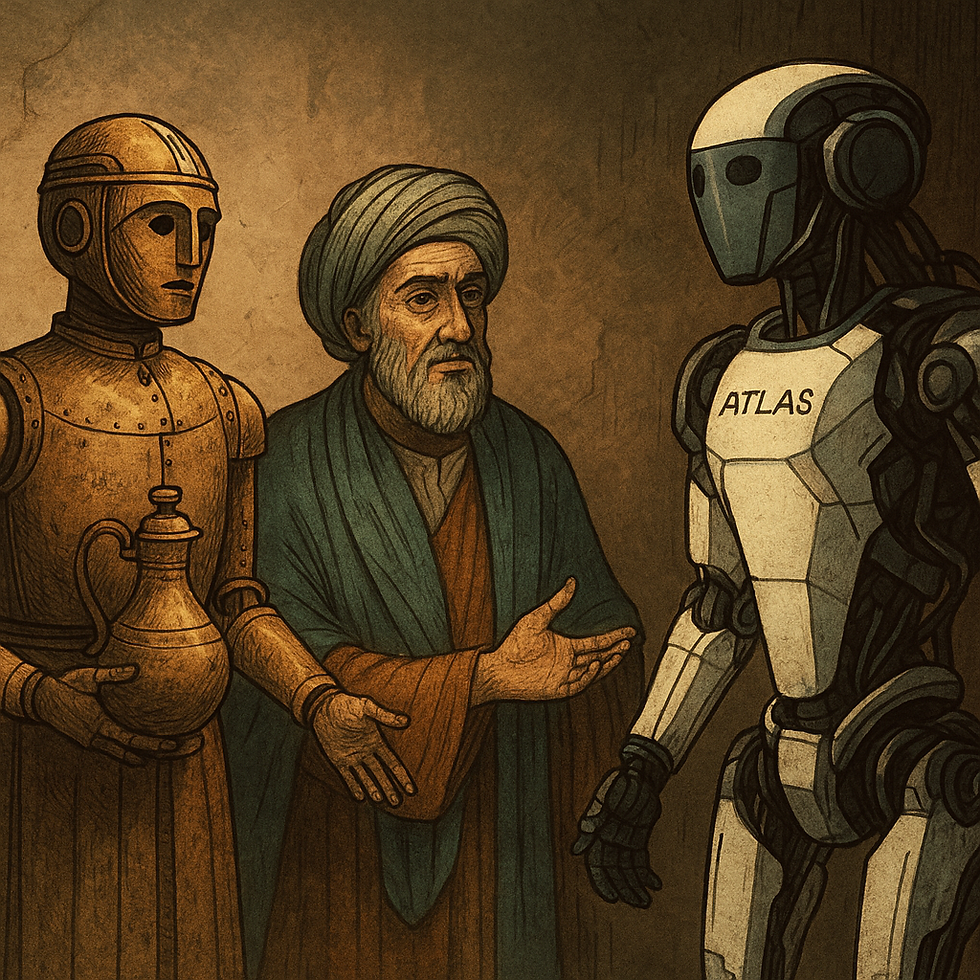"Zagros: Çiyayê Ku Roj Hildidê — The Mountain That Birthed the Sun"
- Hevi Akademi
- Jul 22
- 4 min read

Nivsîkar : Zanyar ALTUN
“Tongue of the Earth: How the Kurdish Language Sprouted from the Spine of Zagros”
In the beginning, there was no alphabet, no grammar book, no border. There was only fire, soil, seed, water, and sun. And where they met, life emerged—then memory, and then language. This meeting point was called Zagros: not merely a mountain range, but a consciousness. “Za-Gr-Ros” — the mountain that gives birth to the sun. In Kurdish, we might say, “Çiyayê ku roj hildidê,” or in poetic tongue: "the ridge where light is born." From this cradle, the Kurdish language did not begin; it unfolded.
The Caves That Remembered Us
Long before there were fields, there were caves. Şanidar, Hilar, Hasankeyf — each not just a shelter, but a theatre of awakening. At Şanidar Cave, a Neanderthal was laid to rest in a fetal position, surrounded by flowers. The first metaphor. A burial became a rebirth. Language begins not with naming objects, but with naming what matters: life, death, love, return.
Çayönü: The First Scientific Sentence
At Bercem (Ergani, Amed), around 10,500 BCE, humans planted seeds. They left. They returned. The wheat had not grown. It was a failed experiment, but not a failure. They tried again, then began to observe, to record not in symbols, but in spoken sounds. That moment was the true origin of language — the merging of awareness and time.
They began to name:
Ard — the land
Tov — the seed
Genim — the wheat
Av — the water
Roj — the daylight
Tav — the heat of the sun
Jîn — the woman, the life
Wehş — the wild pig, the undomesticated
Each of these was not simply descriptive. They were scientific and poetic units — the earliest form of taxonomy and spirituality blended. And their meanings remained unbroken, echoing across 12,000 years into today's Kurdish.
Tigris and Euphrates: The Arteries of Civilization
Bercem sat beside Dîcle (Tigris), the eternal artery. On the other side flowed Fırat (Euphrates). These rivers were not lines on a map. They were the bloodstreams of the planet, the “circulatory system” that fed the Zagros body. Life did not simply happen by these rivers. It happened because of them.
To say "av" (water) in Kurdish is to touch a word spoken before writing. Related to Avestan “āpa,” Sanskrit “apah,” and Latin “aqua.” But in Kurdish, it has always meant life. Not conceptually, but bodily.
The Phonetics of Memory
The Zagros tongue birthed what we now call Proto-Indo-European. But PIE is not the source—it is the branch. The root is here, in the phonetic symphony of Zagros:
R ↔ L: Ro (sunlight) ↔ Light, Lux, Lumen
G ↔ J ↔ Z: Genim ↔ Gene, Genesis, Genus
D ↔ T: Da ↔ Ta, Tav, Daughter, Day
B ↔ V ↔ F: Ba (father, wind) ↔ Vater, Father, Barometer
In this way, Kurdish is not just a language. It is the metaphorical ancestor of many.
Göbekli Tepe: The First Lexicon in Stone
Around 9600 BCE, just west of Amed, the people carved into stone:
pregnant women
hands upon wombs
boars, leopards, snakes
circles that glowed like solar halos
These were not idols. They were symbols. The first dictionary, carved into T-shaped limestone. And each symbol maps back to a Kurdish word:
Jîn — life
Wehş — wild
Tav — warmth, vitality
Mar — snake
Av — water
The Tongues of Empires
Civilizations rose and fell over this land. But the language of the land endured:
Hurrian: The oldest known language of the region. Not Indo-European, but influencing proto-Kurdish.
Urartu: Its script survives in Van; its mythology echoes in Kurdish mountain legends.
Mittani: Indo-Aryan kings who used words like "Mišra, Sura, Indra" — all absorbed into Kurdish lore and Zoroastrian echo.
Medes: The linguistic ancestors. Their oral language is the closest known relative to modern Kurdish.
Hittites & Luwians: West Zagros influence. Words for sun (tav/tap), goddess (ma), land (erd) pass down.
Babylon & Assyria: They ruled with steel and script. But even they absorbed words from the Zagros tongue.
Alexander (Iskender): Crossed Zagros in fire and storm. But did not erase its voice.
Marwanids, Ayyubids: Kurdish dynasties who revived learning, re-spoke the tongue of the hills in court and mosque.
Through all these epochs, the core remained. The phonemes may shift, the scripts may change — but the semantic soul of the Kurdish tongue flows uninterrupted.
A Culture That Refuses Fossilization
Other ancient tongues died:
Sumerian, fossilized.
Hittite, extinct.
Akkadian, silenced.
But Kurdish transformed. From oral kilams to written poetry, from Ahmad Khani to Hasan Zirak, from rock etchings to digital apps.
Not survival. Adaptation without erasure.
A Living Language, A Living Land
Zagros is not stone. It breathes.It is a spine, and the Tigris and Euphrates are its veins. Kurdish is its heartbeat. It was not invented. It was remembered.
When a Kurdish child says "Roj baş," they are not greeting the day. They are reciting a 12,000-year-old prayer:
"The sun has risen from the back of the mountains. And so have I."
This is not nostalgia. This is historical fact, written in stone, soil, and sound. The Kurdish language is not a dialect of lost empires. It is the memory of the Earth, still speaking.
Zagros did not birth a people.Zagros birthed a way to name the sun.
And today, this memory lives on.
In the child learning their first word in Duhok or Sulaymaniyah.In the old man reciting kilams under the stars of Mardin.In the young woman programming a language-learning app in Paris to preserve Zazakî.
Kurdish continues, not in isolation, but in evolution.Through poetry and protest. Through TikTok clips and academic journals. Through the whisper of mothers and the defiance of songs.
And in every "roj baş," the mountain still speaks.




Comments